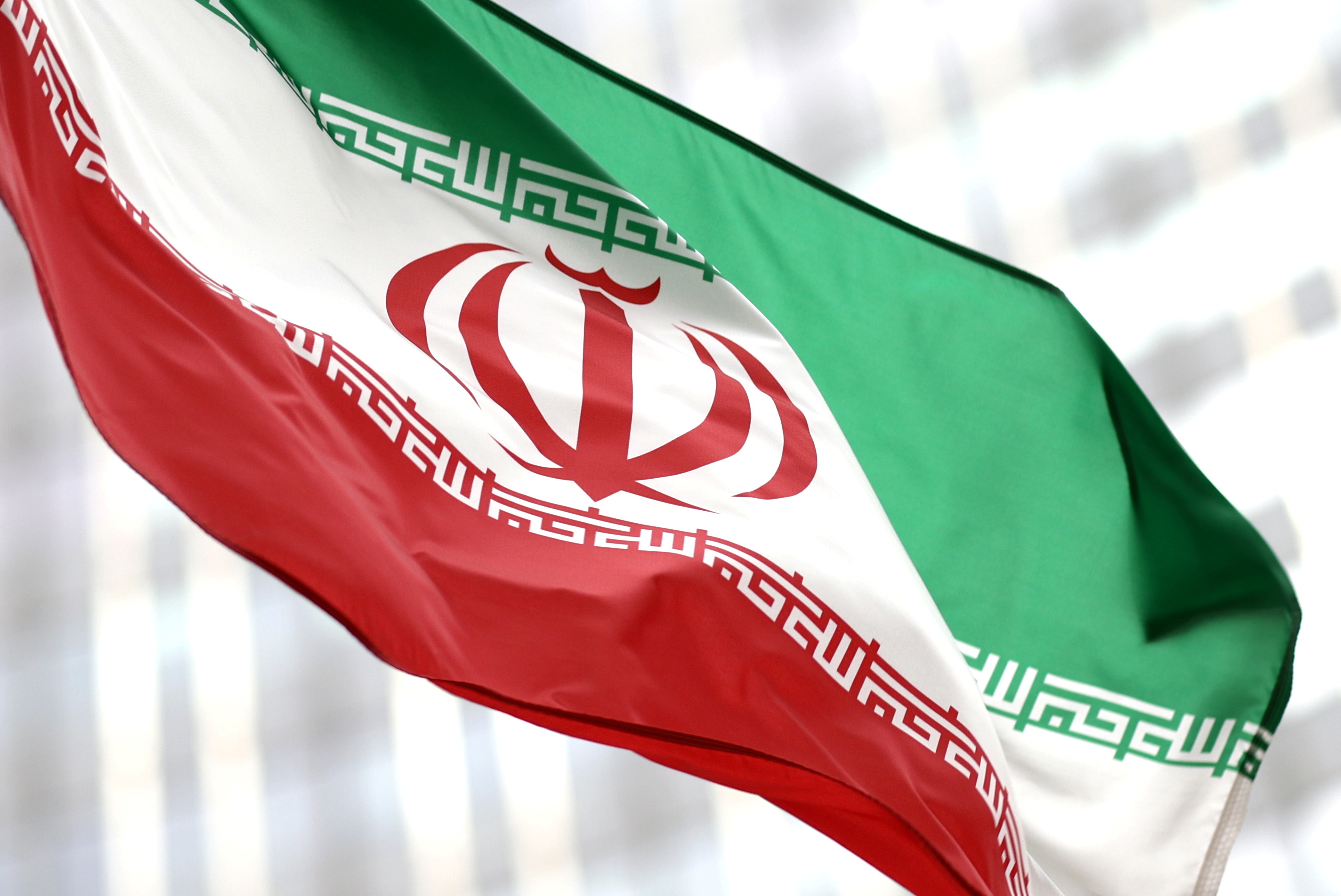
Explainer: IAEA’s monitoring deal with Iran that expires on June 24
June 24, 20215:15 AM MDTLast Updated a day ago
VIENNA, June 24 (Reuters) – The U.N. nuclear watchdog and Iran have a temporary agreement on monitoring Iran’s atomic activities that expires on Thursday. If it is not extended, wider negotiations on reviving the 2015 Iran nuclear deal would plunge into crisis, diplomats say.
Struck on Feb. 21, the interim monitoring deal was valid for three months, then extended by a month on May 24. The IAEA has said it expires on Thursday but not said at what time. It is in talks with Iran on another extension. read more
Below is an outline of what the agreement covers.
HOW IT HAPPENED
President Donald Trump pulled the United States out of Iran’s nuclear deal with six world powers in 2018 and reimposed U.S. economic sanctions on the Islamic Republic that had been lifted by the accord. Iran responded by breaching restraints on its enrichment of uranium also laid down by the deal.
In February, Iran announced that it was scrapping some of the deal’s inspection and monitoring measures.
That included ending its provisional implementation of the Additional Protocol, an agreement between the International Atomic Energy Agency and some member states that, among other things, enables the U.N. watchdog to carry out short-notice snap inspections at undeclared locations. Tehran signed the Additional Protocol in 2003 but never ratified it.
Iran also said it was abandoning the 2015 deal’s so-called transparency measures – the monitoring of parts of its nuclear programme, often with devices like real-time measurement equipment and cameras.
To soften the blow of Iran’s move, the IAEA and Tehran reached a black box-type agreement in February under which some of the transparency measures would continue but the IAEA would have no access to the data collected by its devices until a later date. read more
Not all the transparency provisions involve monitoring that can continue under this black-box arrangement. One that Iran has scrapped grants IAEA inspectors “daily access upon request” to Iran’s enrichment facilities at Natanz and Fordow.
The IAEA, however, has not needed to send inspectors daily, diplomats say, and has the authority to inspect those facilities independently of that arrangement.
WHAT DOES THE AGREEMENT COVER?
* Enrichment: The IAEA can use “online enrichment measurement” – devicesthat measure and relay in real time the amount of uranium being enriched and calculate its fissile purity. Without such data, inspectors must take samples and send them for analysis, which takes much longer.
Iran has refined uranium up to a purity of roughly 60%, far above the deal’s limit of 3.67% and much closer to the 90% suitable for atom bomb cores, though it maintains that it seeks only civilian nuclear power and could quickly reverse its moves if Washington rescinded sanctions and returned to the 2015 deal.
* Centrifuges: The deal provides for IAEA monitoring of various aspects of assembly and storage of centrifuges, machines that enrich uranium. Without that, the IAEA has no oversight of Iran’s centrifuge production, a senior diplomat said.
* Yellowcake: Uranium ore concentrate, or yellowcake, is obtained from mined uranium and must be processed further before enrichment in centrifuges. The deal provides for IAEA monitoring of “all uranium ore concentrate produced in Iran or obtained from any other source”.
WHAT ELSE IS THERE?
Iran’s decision to stop implementing the Additional Protocol has stripped the IAEA of the ability to carry out snap inspections at locations not declared to be nuclear sites by Iran. This has made it more difficult to detect a secret facility or activities if there were any.
I The IAEA does, however, monitor and have regular access to Iran’s declared facilities housing its core nuclear activities under its Comprehensive Safeguards Agreement, which spells out the obligations of each member state that has signed the nuclear Non-Proliferation Treaty. The CSA also says Iran and the IAEA must account for all nuclear material in Iran.
The transparency measures expanded monitoring to areas not covered by the CSA, making it easier to detect activities or materials that might be used to develop nuclear weapons.
WHAT’S AT STAKE?
As long as the temporary accord is in place, data continues to be collected, meaning that if and when it is recovered the IAEA should still have so-called “continuity of knowledge” on what happened in the areas covered by the agreement.
Losing that continuity of knowledge would spark a diplomatic crisis and jeopardise the negotiations on reviving the 2015 deal, diplomats say. read more
Editing by Mark Heinrich
Our Standards: The Thomson Reuters Trust Principles.
No comments:
Post a Comment